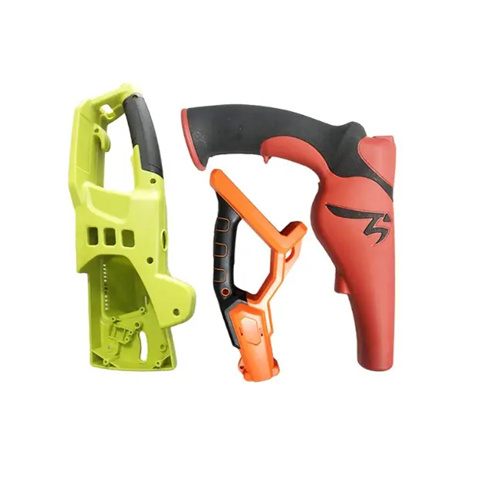Injection mold classification
There are various ways to classify injection molds, and they can be divided into multiple categories based on different standards. These classifications help to accurately select the appropriate mold according to the product requirements in actual production. According to the type of plastic being processed, it can be divided into thermoplastic molds and thermosetting plastic molds. Thermoplastic molds are used to process plastics such as polyethylene and polypropylene that melt when heated, solidify after cooling, and can be processed repeatedly. The mold structure is relatively simple, and the cooling system design is the key; thermosetting plastic molds are for plastics such as phenolic resins that undergo chemical changes after heating and cannot be melted again after solidification. This type of mold usually requires a heating device to promote the curing reaction of the plastic, and the mold material needs to have better heat resistance.

Injection molds can be divided into single-cavity molds and multi-cavity molds based on the number of mold cavities. Single-cavity molds can only mold one product at a time and are suitable for large, complex products or products that require extremely high dimensional accuracy, such as automobile bumper molds. Their advantage is that they can accurately control the quality of each product and reduce errors caused by differences in multiple cavities. Multi-cavity molds mold multiple identical or different products in a single injection molding process. Bottle caps and small plastic parts used in daily life often use this type of mold. It can significantly improve production efficiency and reduce the production cost per unit product, but it requires higher processing accuracy for the mold and must ensure the dimensional consistency of each cavity and the uniformity of the melt filling.

According to the structural characteristics of the mold, injection molds can be divided into two-plate molds, three-plate molds, hot runner molds, etc. The two-plate mold is the most common structure, consisting of a movable mold and a fixed mold. It has only one parting surface, and the main runner and branch runner are located on the parting surface. It is suitable for products with simple structures and has the characteristics of low cost and easy maintenance. The three-plate mold has two parting surfaces and an additional runner plate, which can realize point gate feeding, which is beneficial to ensure the surface quality of the product. It is especially suitable for products with high appearance requirements, such as cosmetic packaging boxes, but the structure is relatively complex and the manufacturing cost is relatively high. The hot runner mold uses a heating device to keep the plastic in the runner in a molten state at all times. There is no need to remove the runner condensate, which saves raw materials and improves production efficiency. It is suitable for mass production, but the initial investment is large and the maintenance requirements are also higher.

Based on the molding method of the product, it can also be divided into ordinary injection molds, two-color injection molds, and stacked injection molds. Ordinary injection molds are the most basic type, and they mold products of a single color or material in one injection. Two-color injection molds can complete the molding of two different colors or materials of plastic in the same mold, such as the two-color part of a car steering wheel. Its structure is complex, requiring two sets of cavities and cores, and extremely high mold clamping precision is required. Stacked injection molds are set up with multiple parallel parting surfaces in the same mold, which is like stacking multiple single-cavity molds. This can greatly improve production efficiency and is especially suitable for mass production of small products. However, the mold is thicker and heavier, and requires higher clamping force from the injection molding machine.

Molds can also be divided into precision injection molds and general-purpose injection molds based on their usage scenarios and characteristics. Precision injection molds are used to produce products with extremely high dimensional accuracy requirements and small tolerance ranges, such as electronic component housings. The mold parts must be machined with micron-level accuracy, with extremely small clearances between guide mechanisms and molded parts, and must be equipped with high-precision temperature and pressure control systems. General-purpose injection molds are suitable for ordinary products with less demanding precision, such as toys and daily necessities. Their manufacturing process is relatively simple, the cost is low, and they can meet general production needs. Different types of injection molds have their own scope of application, and choosing the right one can effectively improve production efficiency and product quality.
